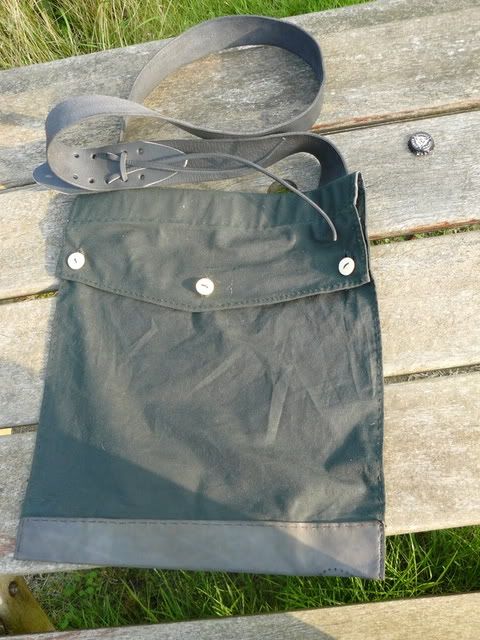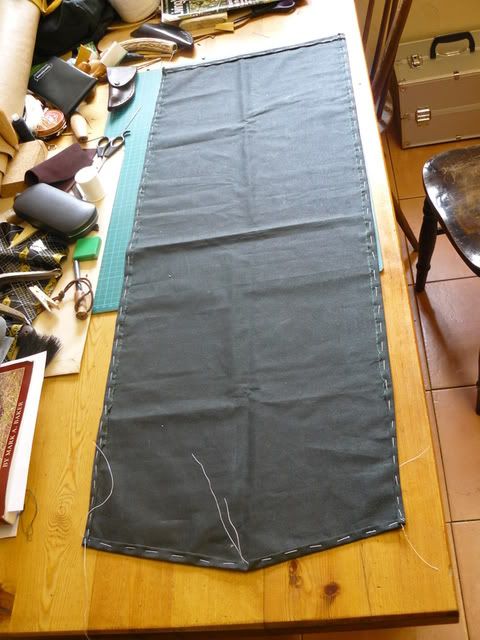They actually seemed to have got quite a lot of food in quantity (though not variety) did they pick things along the way as well?
We take for granted the modern miracle of sandwich bags for seperating foods with don't we.
Soldiers being ... soldiers, they could and would scrounge/trade whatever they could on the side. But this was what they were SUPPOSED TO GET by military orders. What they actually got tended to vary in quantity and QUALITY.
But look again at that daily ration ---
daily ration of one pound bread or flour, one pound of beef or pork, just over one ounce of rice, seven ounces of peas, and just under one ounce of butter. The soldiers were generally grouped into a 6-man "mess"
That was all you got for the whole day, and you were marching/fighting or doing heavy labor for that day. Divide that by 3 meals a day, and it gets whittled down real fast! Flour runs around 4 cups per pound.
And those "biscuits" (hardtack) generally took 2 cups of flour each. So you got two of them per day. It was made from: 2 cups flour, 1/2 tablespoon salt, 1/2 cup of water -- mix all together, roll out around 3/8 to 1/2 inch thick circle, poke a dozen holes in to to help the moisture escape, then bake in an over around 350 to 400 degrees for around 1/2 hour - thoroughly dry and slightly browned. Hard and dry! That makes ONE biscuit. You would get two per day as your "daily bread".
Plain food, but the soldiers survived on it.
That issued "raw meat" needed to be cooked fairly soon. And anything left over from your cooking, would get packed up back in that ... haversack ... and eaten "on the march" or for your next meal.
Of course, on board ship or in a barracks/fort location, the soldiers would go through the regular "chow line".
Different times, different standards of sanitation, and different tollerances to ... questionable ... food. Being involved in living history and trying to recreate the past has a way of making you VERY AWARE of how far we have progressed in modern living! And how much we have become accustomed to lots of sugar and spices in all parts of our daily lives. That "sugar addiction" tends to catch up with people trying to live on the normal diet of those early days - even for just a weekend!
Mikey - that grumpy ol' German blacksmith out in the Hinterlands





